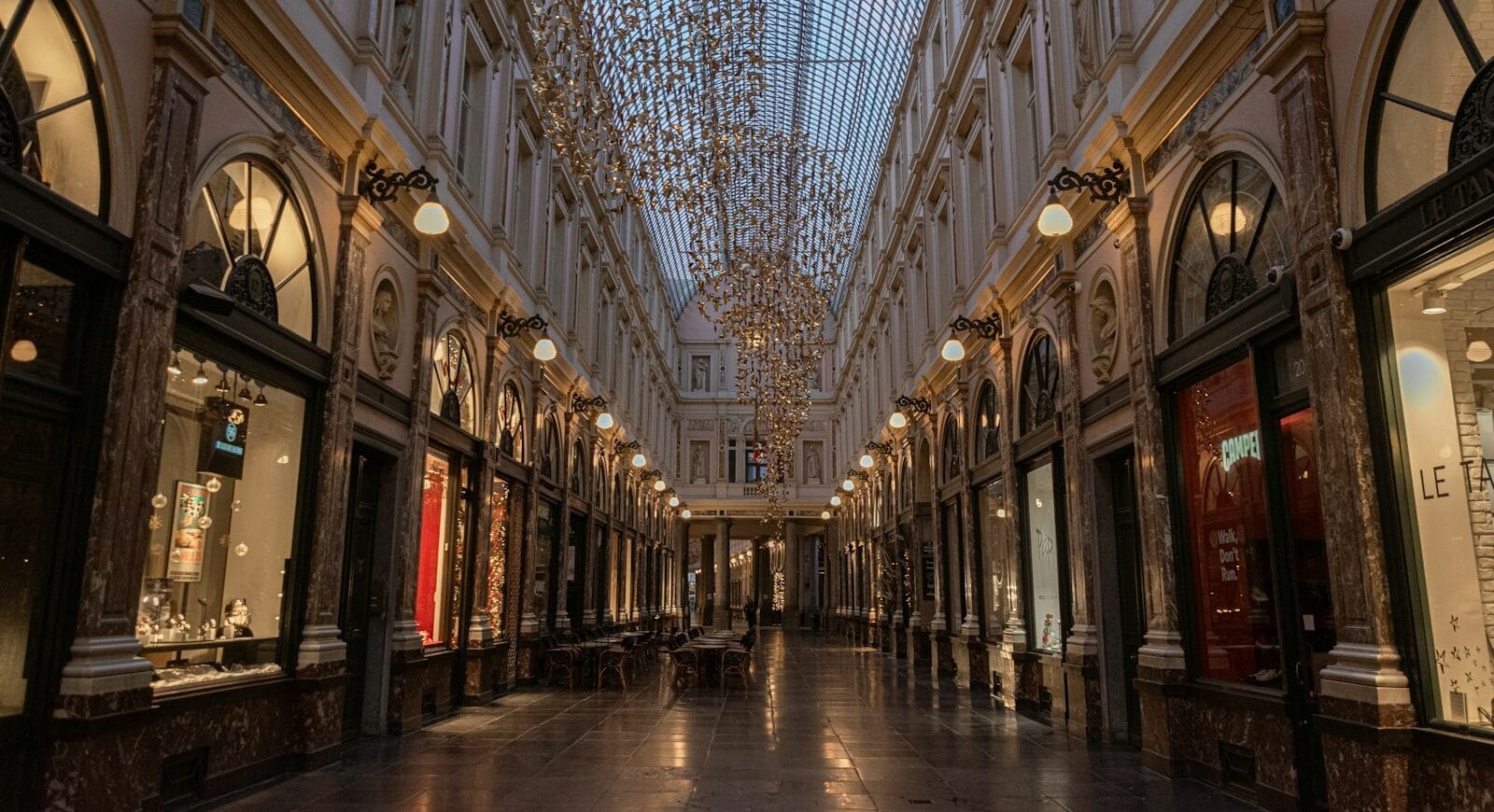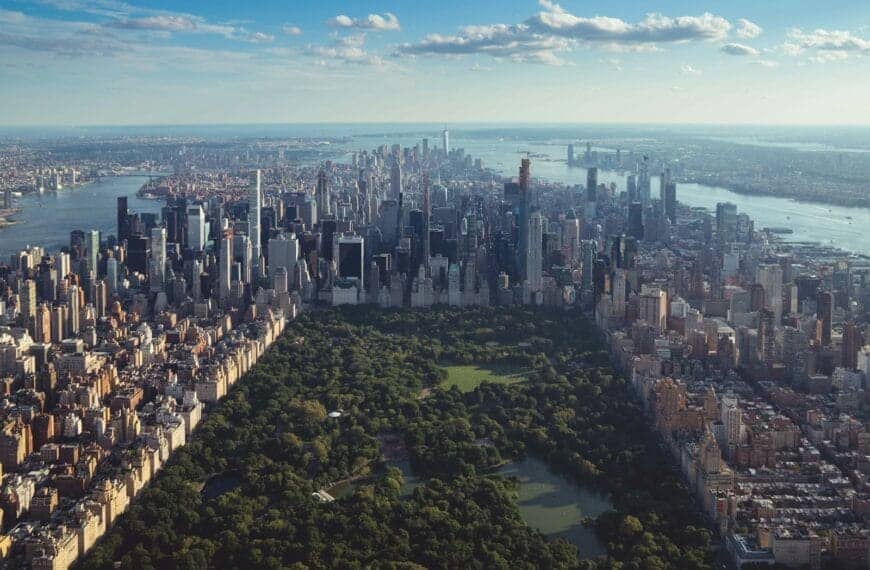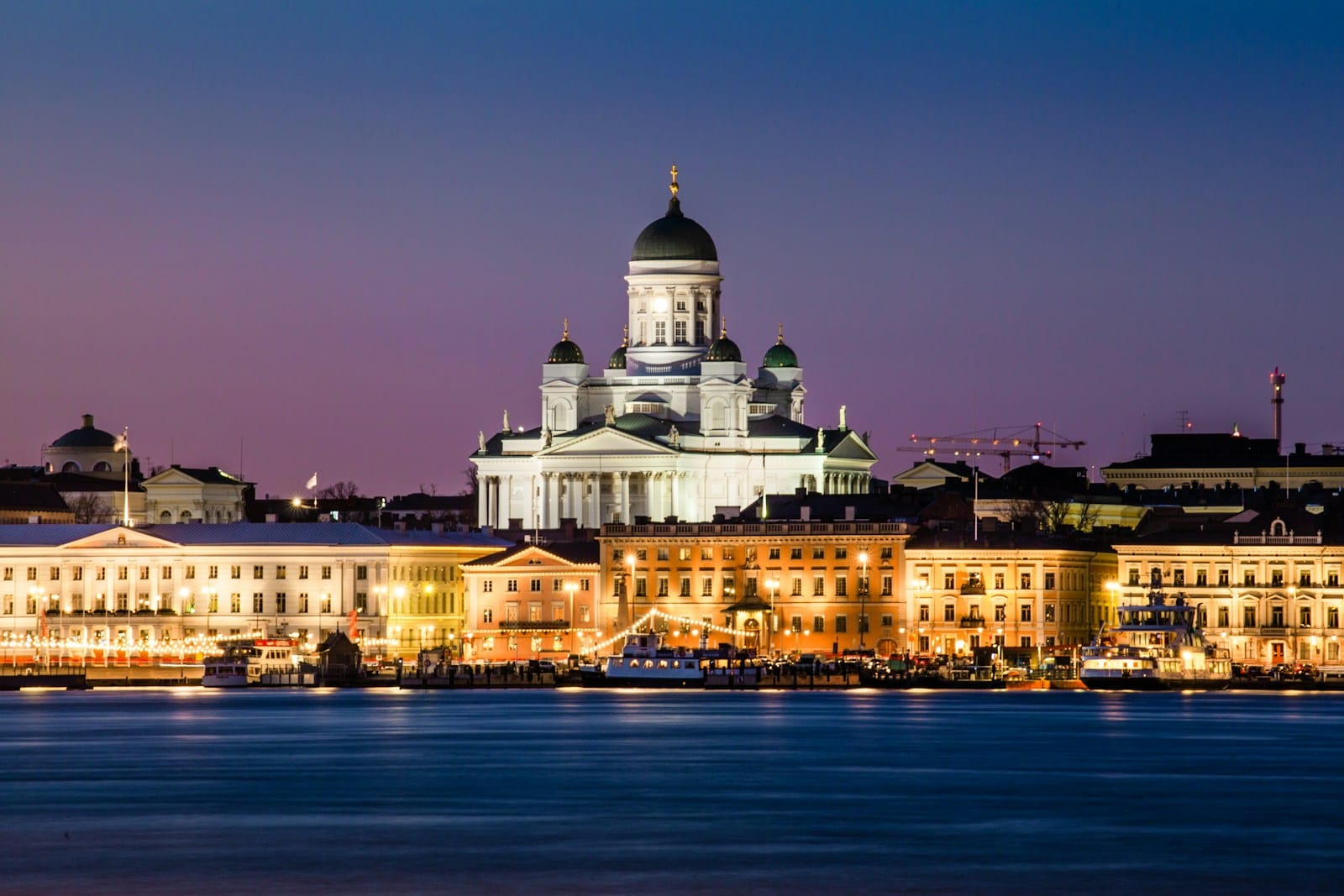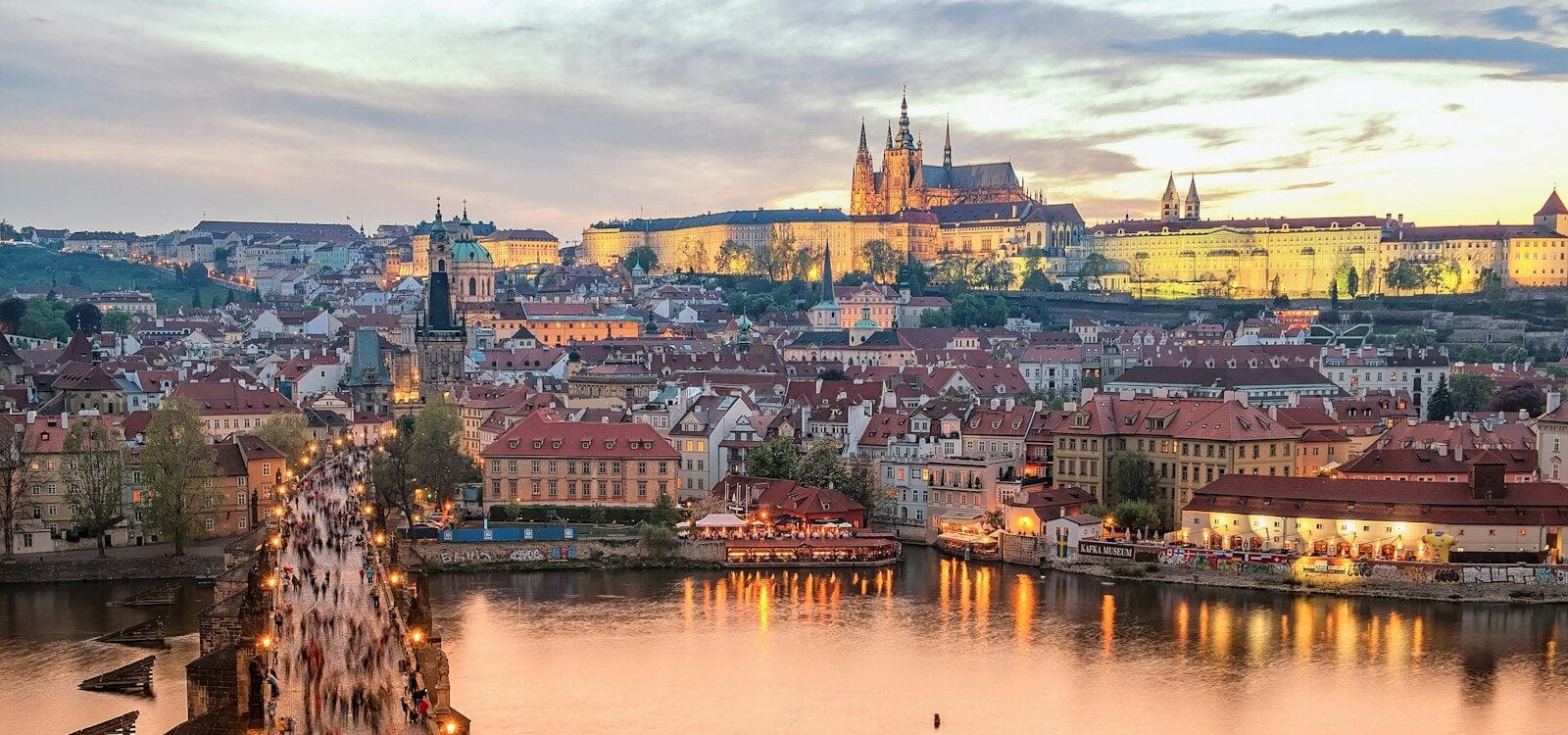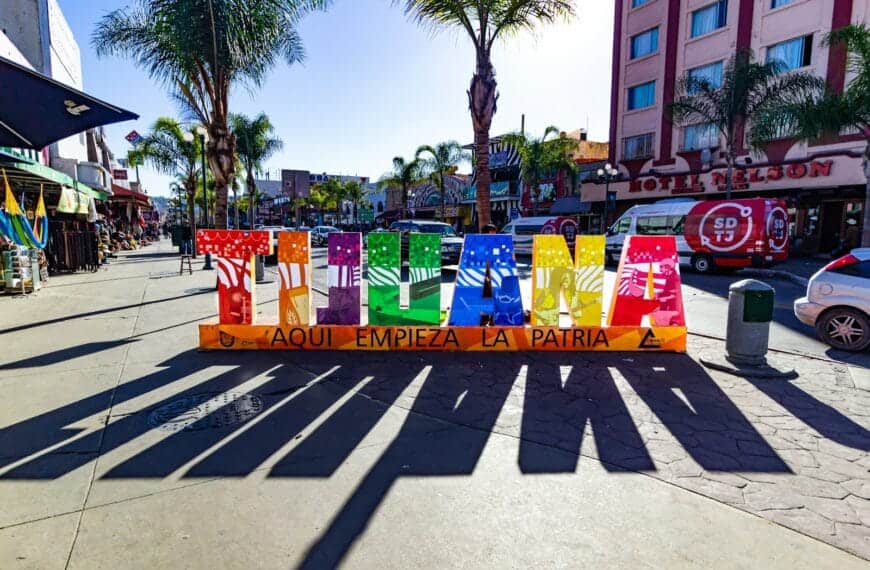Belgium Travel Guide: Castles, Chocolate and Cultural Crossroads
Intro to Belgium Travel Guide
Belgium may be small on the map, but it holds a rich mix of medieval towns, grand palaces, rolling countryside, and modern cities at the crossroads of Europe. Known for its world-class beer, chocolate, and waffles, Belgium also offers UNESCO-listed heritage, cutting-edge design, and a vibrant festival scene. From the canals of Bruges to the comic murals of Brussels, every corner tells a story. This Belgium travel guide takes you across its regions, history, and experiences — helping you plan an unforgettable trip in the heart of Europe.
Explore immersive Belgium tours and discover unforgettable things to do in Belgium — from beer pilgrimages and canal cruises to battlefield memorials and Art Nouveau adventures.
Where to Go in Belgium
Antwerp | Bruges | Brussels | Dinant | Ghent | Leuven | Liège | Mechelen | Mons | Namur | Ostend | Ypres
💡Quick Facts:
Destination: Belgium
Continent: Europe
Country: Kingdom of Belgium
Administrative Divisions: 3 regions (Flemish, Walloon, Brussels-Capital) and 10 provinces
Area: 30,689 km² (11,849 mi²)
Population: ~11.7 million
Density: ~380 people per km²
Capital: Brussels
Regions/Subregions: Flanders (north), Wallonia (south), Brussels-Capital (bilingual hub)
Official & Regional Languages: Dutch (Flemish), French, German; English widely spoken in business and tourism
Currency: Euro (EUR, €)
Time Zone(s): Central European Time (UTC+1); Central European Summer Time (UTC+2 in DST)
Airports: Brussels (BRU), Brussels South Charleroi (CRL), Antwerp (ANR), Ostend–Bruges (OST), Liège (LGG)
Climate: Temperate maritime – mild summers, cool winters, frequent rain and cloud cover
Known For: EU and NATO HQ, medieval towns (Bruges, Ghent), chocolates, waffles, beer culture, Flemish art, battlefields of WWI and WWII
🛂Arrival Info:
Visa Policy: Schengen Zone rules; visa-free for EU, EEA, and many nationalities (up to 90 days)
Visa Required: For non-exempt nationals; Schengen visa required
Visa on Arrival: Not available
Max Tourist Stay: 90 days within 180 (Schengen rule)
Onward Travel: Proof of funds and onward/return ticket may be requested
Immigration Authority: Belgium Immigration Office | Schengen Visa Info – Belgium
🏥Health Info:
Vaccines Required: None for entry
Vaccines Recommended: Routine immunizations; Hepatitis A/B for some travelers
Health Risks: Seasonal flu and minor pollution risks; otherwise low
Hospitals: University Hospital Brussels, Saint-Luc, Antwerp University Hospital (English-speaking staff available)
Emergency Services: 112 (EU emergency number)
Insurance: Strongly recommended; EU travelers can use EHIC/GHIC
🚑 Check travel insurance options for travel emergencies, delays, and medical needs abroad — Get coverage here
💉 Stay Informed with Official Updates: WHO – International Travel & Health | CDC – Travel health updates
🚨Travel Advisory:
Safety Level: Generally safe; normal European city precautions
Petty Crime: Pickpockets near transport hubs, Brussels’ Grand Place, Antwerp Central Station
Terrorism Risk: Past incidents; heightened security in Brussels and airports
Natural Risks: Seasonal flooding in lowlands; winter storms possible
🌍Track Real-Time Official Updates: US Travel Advisory | UK Foreign Travel Advice | Government of Canada | NZ SafeTravel
🥳Holidays:
New Year’s Day: Jan 1
Labour Day: May 1
Belgian National Day: Jul 21
Assumption of Mary: Aug 15
All Saints’ Day: Nov 1
Armistice Day: Nov 11
Christmas Day: Dec 25
(Local: Ommegang Pageant in Brussels, Gentse Feesten in Ghent, Bruges Christmas Market in Dec)
💰Visitor Info:
Currency: Euro (€)
Cards & ATMs: Widely accepted; ATMs throughout
Tipping: Not mandatory; rounding up or 5–10% appreciated
Tourist Taxes: Hotel/city taxes added to accommodation bills
Duty-Free: Airport duty-free for non-EU travelers
Average Budget: €70–120 (budget), €150–250 (mid-range), €300+ (luxury)
🛫Airports:
Brussels (BRU): Main hub, 12 km from capital
Charleroi (CRL): Low-cost hub, 55 km from Brussels
Antwerp (ANR): Regional, convenient for Flanders
Ostend–Bruges (OST): Coastal and tourist access
Liège (LGG): Cargo hub with some passenger flights
🧳 Delayed or canceled flight? Check if you’re eligible for compensation
🚍Transport:
Local Transit: Trams, metros, and buses in Brussels, Antwerp, Ghent, Charleroi
Intercity: SNCB/NMBS trains connect all major cities; high-speed Thalys, Eurostar, ICE to France, Netherlands, Germany, UK
Cycling: Common in Flanders; bike rentals available
Driving Laws: Right-hand traffic; toll-free highways; IDP recommended for non-EU licenses
🚗 Book reliable airport transfers and in-city rides in advance. Reserve your ride here
🛰️Connectivity:
Mobile Networks: Proximus, Orange Belgium, Base
Coverage: Excellent nationwide
eSIM Options: Available through carriers and global providers (Airalo, Holafly)
Public Wi-Fi: Hotels, cafes, stations, Brussels Airport
🛜 Stay connected abroad with affordable eSIM data packs. Get your eSIM here
📜Laws & Etiquette:
Drinking Age: 16 for beer/wine, 18 for spirits
Smoking Laws: Prohibited indoors and in most public areas
Dress Code: Casual but neat; more formal in business/urban settings
Etiquette: Greet with handshake or kiss on cheek; punctuality valued
LGBTQ+ Safety: Very safe and inclusive; Brussels Pride is a major annual event
👮Emergency Info:
Emergency Number: 112
Tourist Info: Visit Belgium
🗺️US/UK Embassies Abroad: US Embassies | UK Embassies
🏛️ Embassy locator tools: Embassies Worldwide
🌞Weather:
Winter (Dec–Feb): 0–7°C (32–45°F), damp, occasional snow
Spring (Mar–May): 7–16°C (45–61°F), mild, flowers bloom
Summer (Jun–Aug): 15–24°C (59–75°F), warm, chance of rain
Fall (Sep–Nov): 6–14°C (43–57°F), cool, frequent rain
🌦️ Stay prepared—check the weather forecast for your destination — Weather Forecast
Discover Belgium Region by Region
Brussels & Central Belgium
- Brussels – The capital of Belgium and the EU, home to the ornate Grand Place, Art Nouveau architecture, and famous Manneken Pis statue. Beyond politics, Brussels boasts cutting-edge art museums and one of Europe’s best dining scenes.
- Leuven – A lively university city known for its Gothic town hall and beer culture, with breweries dating back centuries.
- Waterloo – The site of Napoleon’s final battle, now featuring interactive museums and panoramic views from Lion’s Mound.
Flanders (Northern Belgium)
- Bruges – Nicknamed the “Venice of the North,” this medieval city enchants with canals, cobbled lanes, and chocolate shops on every corner.
- Ghent – A vibrant student city blending medieval towers with street art, music festivals, and lively bars.
- Antwerp – Known for its diamond district, fashion scene, and baroque art, Antwerp is both historic and forward-looking.
- Mechelen – Often overlooked, this charming city between Brussels and Antwerp features a towering cathedral and riverside cafes.
Wallonia (Southern Belgium)
- Namur – The regional capital with a riverside citadel overlooking the confluence of the Meuse and Sambre.
- Dinant – A postcard-perfect town squeezed between cliffs and the Meuse River, with its citadel and striking Collegiate Church.
- Mons – A cultural hub recognized as European Capital of Culture in 2015, with grand squares and museums.
- Ardennes – Rolling hills and forests ideal for hiking, cycling, and exploring medieval castles.
Belgian Coast
- Ostend – Belgium’s largest coastal city, combining sandy beaches with lively markets and museums.
- Knokke-Heist – A glamorous seaside resort with art galleries, shopping, and wide sandy shores.
- De Haan – A quieter coastal escape, with Belle Époque architecture and family-friendly beaches.
Can’t-Miss Places in Belgium
- Grand Place, Brussels – One of Europe’s most beautiful squares, lined with ornate guildhalls and illuminated at night.
- Bruges Canals – Take a boat tour to see this fairy-tale city from the water, with medieval spires reflected in tranquil canals.
- Ghent’s Gravensteen Castle – A moated medieval fortress offering panoramic city views and interactive exhibits.
- Antwerp Cathedral – Housing masterpieces by Rubens, it’s the spiritual and artistic heart of the city.
- Waterloo Battlefield – Step into history at the site of Napoleon’s defeat, with immersive museums and trails.
- Dinant – Famous for its citadel, saxophone history (Adolphe Sax was born here), and riverside beauty.
- Namur Citadel – A sprawling fortress with guided tours and underground passages, offering sweeping vistas.
- Ardennes Castles – Bouillon Castle and Château de Modave are highlights of Belgium’s forested south.
- Ostend Beaches – Perfect for summer relaxation, seaside dining, and coastal cycling.
- Atomium – Brussels’ futuristic landmark, originally built for the 1958 World’s Fair, now an exhibition space.
How to Decide Where to Travel in Belgium
- History & Architecture Lovers – Bruges, Ghent, and Leuven captivate with medieval architecture and museums.
- Art & Culture Seekers – Antwerp dazzles with its fashion district and Rubens masterpieces, while Brussels offers comic art and modern design.
- Food & Drink Enthusiasts – Head to Brussels and Bruges for chocolate and waffles, Leuven and Mechelen for beer, and Ghent for vegan dining.
- Outdoor Adventurers – The Ardennes provide hiking trails, river kayaking, and castle tours, while the coast offers beachside cycling.
- Short Break Travelers – Thanks to Belgium’s compact size, it’s easy to combine Brussels with Bruges or Antwerp in just a few days.
Getting Around Belgium
Urban Travel
- Public Transit – Brussels has a metro, trams, and buses; other major cities like Antwerp and Ghent are well-served by trams and bikes.
- Cycling – With flat terrain in Flanders, cycling is both popular and practical. Bike rentals and shared bike systems are widely available.
National Transport
- Trains – Belgium’s rail network is extensive and reliable, connecting Brussels to Bruges, Ghent, Antwerp, and Liège in under two hours.
- Buses – Complement train routes in smaller towns and rural areas.
- Car Rentals – Useful for exploring the Ardennes or coastal villages at your own pace.
International Links
- Eurostar & Thalys – High-speed trains link Brussels to London, Paris, and Amsterdam in just a few hours.
- Airports – Brussels Airport (Zaventem) is the main hub, with Charleroi catering to budget airlines.
Budgeting Your Trip to Belgium
- Meals – Street food like waffles and frites cost €3–6. Mid-range dining runs €20–40, while Michelin-starred restaurants can exceed €100.
- Lodging – Hostels average €25–40 per night, mid-range hotels €80–150, and boutique stays €200+.
- Transport – A day train pass costs €8–20, while longer journeys average €10–30. Car rentals start around €40/day.
- Tours & Activities – City walking tours cost €15–30, beer tastings €25–50, and cultural day trips €80–120.
When to Visit Belgium
- Spring (April–June): Mild weather and blooming parks make this an ideal season for city walks and festivals.
- Summer (July–August): Warm and lively, with outdoor concerts and bustling terraces. Expect higher crowds in Bruges and Brussels.
- Fall (September–October): Cooler air and fewer tourists; great for beer festivals and scenic autumn walks in the Ardennes.
- Winter (November–February): Cold but atmospheric, especially during Christmas markets in Brussels, Bruges, and Ghent.
Festivals & Events in Belgium
- Ommegang (Brussels, July) – A colorful medieval pageant with parades, jousting, and historical reenactments.
- Ghent Festival (July) – Ten days of music, theater, and street performances, one of Europe’s biggest cultural events.
- Binche Carnival (February) – UNESCO-listed carnival with elaborate costumes and confetti-filled parades.
- Brussels Flower Carpet (August, biennial) – Grand Place is covered with a massive floral tapestry of begonias.
- Tomorrowland (Boom, July) – One of the world’s most famous electronic music festivals.
- Christmas Markets (December) – Festive markets across cities, with mulled wine, lights, and ice rinks.
Must-Do Experiences in Belgium
- Visit Dinant by Kayak – Paddle along the Meuse River with cliffs and castles as your backdrop.
- Sip Trappist Beer at a Monastery – Belgium’s monastic breweries produce some of the world’s best beers, often enjoyed in scenic abbeys.
- Cruise Bruges’ Canals – Boat rides reveal hidden corners of this medieval gem.
- Explore Atomium in Brussels – A futuristic landmark offering panoramic city views and science exhibitions.
- Cycle Through the Ardennes – Rolling hills and river valleys are perfect for cycling tours.
- Taste Belgian Chocolate – Visit chocolatiers in Brussels or Bruges for pralines and truffles crafted by hand.
- Walk Ghent’s Graffiti Street – A constantly evolving alley covered in vibrant street art.
- Discover Waterloo – Stand on Lion’s Mound and explore the battlefield where European history turned.
- Antwerp Fashion District – Browse boutiques and galleries in a city that has become a fashion capital.
- Ostend Beach Day – Sunbathe, swim, or sample seafood at Belgium’s lively coastal hub.
Experience the best Belgium tours and explore memorable things to do in Belgium — from poignant battlefield visits and charming canal rides to rich chocolate tastings and centuries-old citadels. We may earn a commission if you book through our links — at no additional cost to you.
Adventure and Water Activities in Belgium
- Kayaking the Lesse River – A popular summer activity, paddling through limestone valleys and past castles.
- Cycling Routes – Flanders offers famous cycling paths, while the Ardennes challenge with hill climbs and forest trails.
- Sailing at the Coast – Knokke-Heist and Ostend offer sailing and watersport schools.
- Caving in Wallonia – Explore underground caverns like the Caves of Han, with guided tours into vast chambers.
National Parks & Outdoor Adventures
- High Fens (Hautes Fagnes) – Belgium’s largest nature reserve, with boardwalk trails across moorlands and wetlands.
- Ardennes Forest – Ideal for hiking, mountain biking, and castle-hopping.
- Meuse Valley – Scenic landscapes dotted with cliffs, rivers, and hilltop citadels.
- Zwin Nature Park – A coastal reserve near Knokke-Heist, perfect for birdwatching.
History & Heritage in Belgium
- Brussels Grand Place – A UNESCO site showcasing medieval guildhalls and Gothic architecture.
- Bruges Belfry – Climb the 366 steps for sweeping city views.
- Waterloo Battlefield – A pivotal site in European history.
- Antwerp’s Cathedral of Our Lady – Featuring Rubens’ masterpieces in a Gothic setting.
- Ghent’s St. Bavo’s Cathedral – Home to the Van Eyck brothers’ famous altarpiece, The Adoration of the Mystic Lamb.
- Bouillon Castle – A fortress tracing back to Crusader Godfrey of Bouillon.
Suggested Itineraries for Belgium
3-Day Itinerary
Day 1: Explore Brussels’ Grand Place, Atomium, and comic murals.
Day 2: Day trip to Bruges for canal cruises, medieval squares, and chocolate shops.
Day 3: Visit Ghent’s Gravensteen Castle and St. Bavo’s Cathedral before returning to Brussels.
5-Day Itinerary
Day 1: Start in Brussels with the Grand Place and museums.
Day 2: Take a train to Bruges for canals, belfries, and boat tours.
Day 3: Explore Ghent’s castle, cathedrals, and vibrant nightlife.
Day 4: Head to Antwerp for fashion, Rubens art, and diamond district tours.
Day 5: Day trip to Waterloo or Leuven for history and beer culture.
7-Day Itinerary
Day 1: Arrive in Brussels, explore the Grand Place and Atomium.
Day 2: Day trip to Bruges, with canal rides and museums.
Day 3: Discover Ghent, including the Castle of the Counts and street art.
Day 4: Explore Antwerp’s Cathedral, fashion district, and MAS Museum.
Day 5: Head south to Dinant and Namur for riverside citadels and caves.
Day 6: Hike or bike through the Ardennes forests and castles.
Day 7: Relax on the Belgian coast at Ostend or Knokke-Heist before returning to Brussels.
10-Day Itinerary
Day 1: Explore Brussels’ historic core and Atomium.
Day 2: Day trip to Leuven for Gothic architecture and breweries.
Day 3: Visit Bruges’ canals, museums, and belfry.
Day 4: Explore Ghent’s castle, cathedrals, and Graffiti Street.
Day 5: Spend a day in Antwerp exploring art and fashion.
Day 6: Visit Waterloo battlefield and museums.
Day 7: Travel to Dinant for river tours and citadel visits.
Day 8: Hike in the Ardennes, visiting castles like Bouillon.
Day 9: Explore Mons or Namur’s fortress and museums.
Day 10: End with a coastal escape to Ostend before returning to Brussels.
Unique Stays & Accommodations
- Castle Hotels – Stay in restored châteaux in the Ardennes for a royal experience.
- Canal-Side Inns in Bruges – Boutique hotels with historic facades and waterfront views.
- Brussels Design Hotels – Trendy stays blending modern art with luxury.
- Farm Stays in Wallonia – Rural lodges offering fresh produce and cozy hospitality.
Eating in Belgium: What to Try
- Belgian Waffles – Try Liege waffles with caramelized sugar or Brussels waffles with whipped cream.
- Chocolate – Artisanal pralines from shops like Neuhaus or Pierre Marcolini.
- Moules-Frites – Mussels cooked in white wine and herbs, served with crispy fries.
- Carbonnade Flamande – A beef stew slow-cooked with Belgian beer.
- Speculoos – Spiced cookies often paired with coffee.
- Beer – Over 1,000 varieties, from Trappist ales to fruity lambics.
Staying Safe in Belgium
- Urban Safety – Belgium is generally safe, but pickpocketing can occur in crowded squares and stations.
- Cycling Rules – Bike lanes are common but follow traffic signs carefully.
- Weather Prep – Rain is frequent; carry an umbrella or raincoat year-round.
- Cultural Etiquette – Greetings matter; say “bonjour” or “goeiedag” depending on the region.
Final Planning Tips for Belgium
- Visa Policy – Part of the Schengen Zone; most travelers can enter visa-free for up to 90 days.
- Currency – Euro (€); cards widely accepted, but small change helps for markets.
- Connectivity – SIM cards and eSIMs are affordable with good 4G coverage.
- Language – Dutch, French, and German are official; English is widely spoken in cities.
- Transport Apps – SNCB/NMBS app for trains, STIB for Brussels public transit.
- Bookings – Book Bruges hotels early during Christmas and summer.
Plan Smarter, Travel Better
Belgium’s charm lies in its balance: grand cities and quiet villages, modern art and medieval streets, indulgent chocolate and hearty stews. Plan carefully, but leave space to wander. With this Belgium travel guide, you’ll uncover the essence of Europe in a country that delights at every turn.
Continue Your Journey Beyond Belgium
- France – Just a train ride away, explore Paris, Champagne, or Lille.
- Netherlands – Amsterdam, Rotterdam, and tulip fields are within easy reach.
- Germany – Cologne and Aachen are quick trips from eastern Belgium.
- Luxembourg – A small but scenic neighbor with castles and forests.
- United Kingdom – The Eurostar links Brussels to London in two hours.
It’s Time to Experience Belgium
Belgium may be compact, but its experiences are immense — from canal cruises and castle hikes to beer tastings and music festivals. Whether for a weekend break or a longer cultural journey, this Belgium travel guide will help you plan, discover, and savor Europe at its finest.

